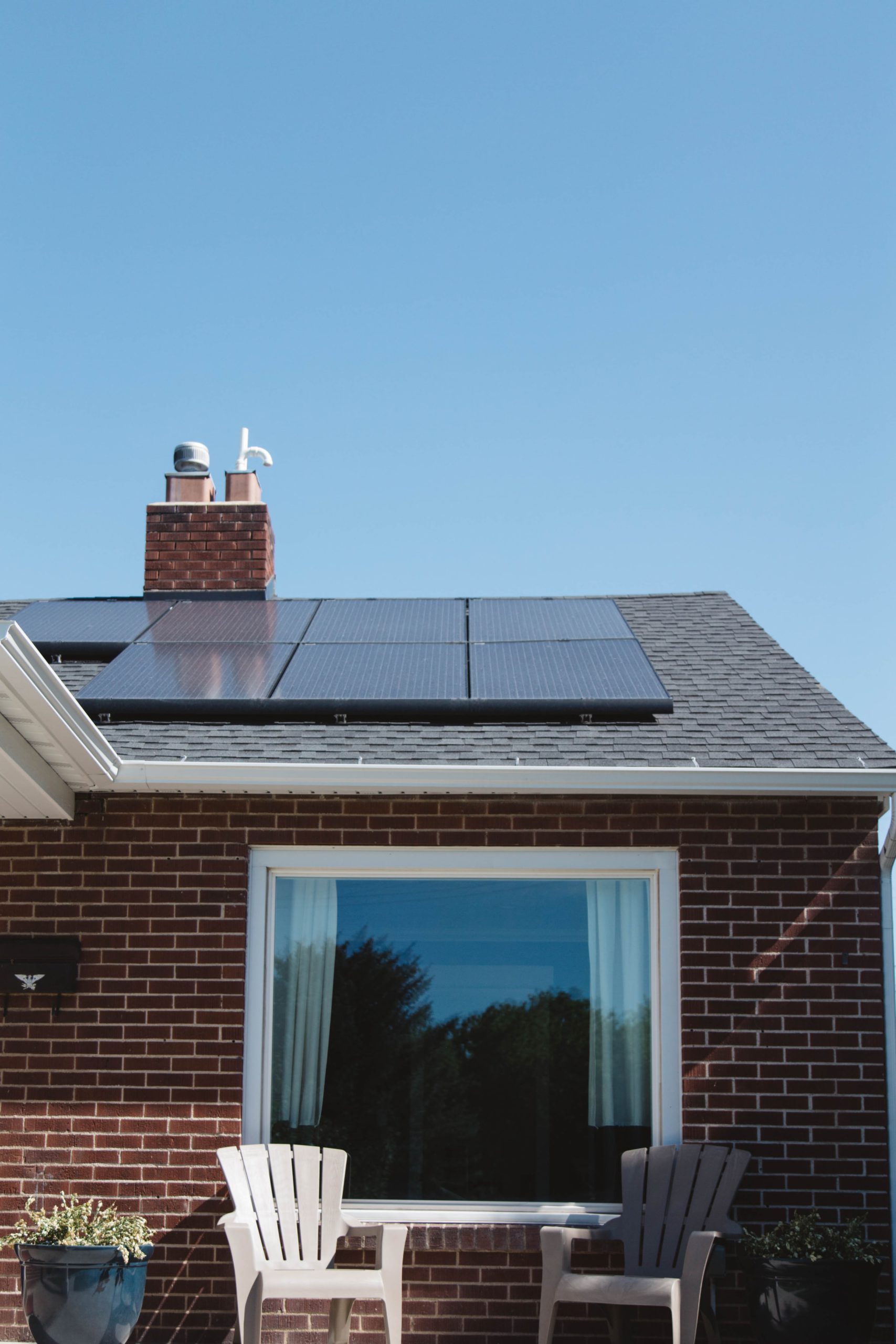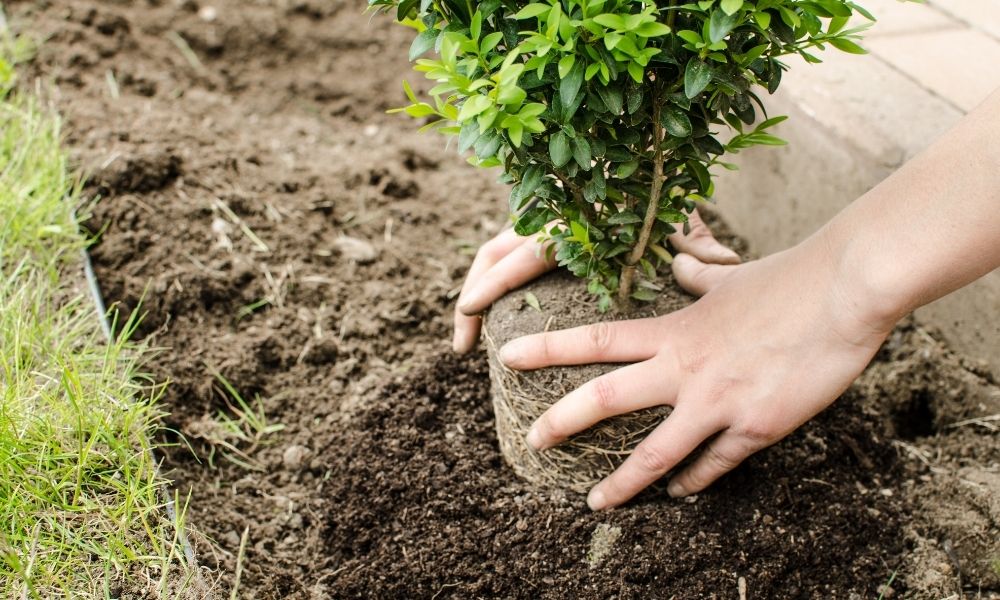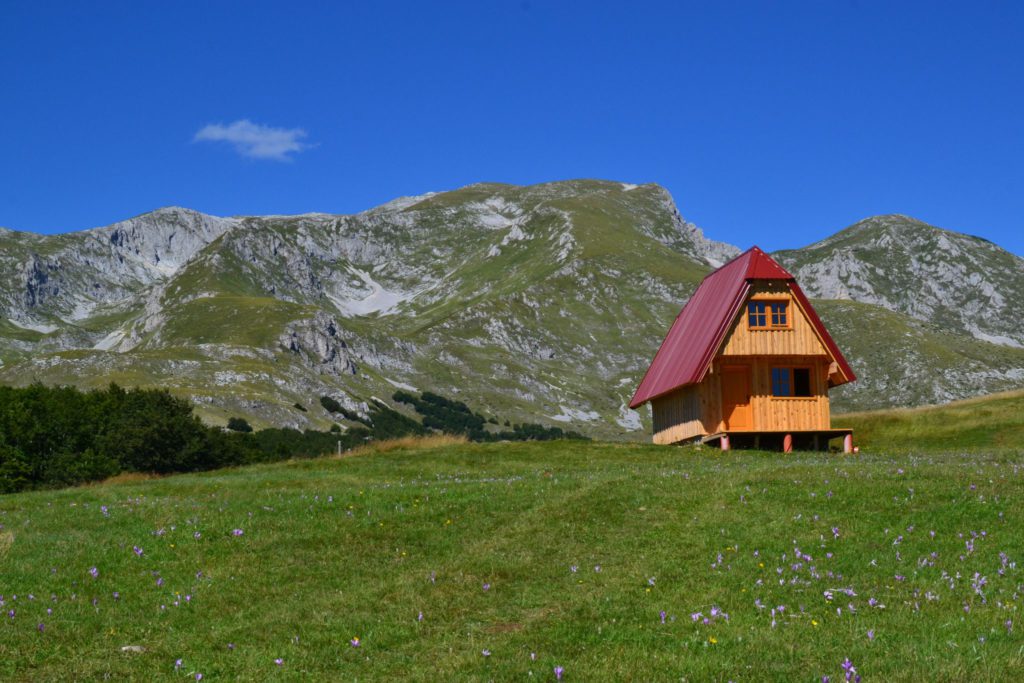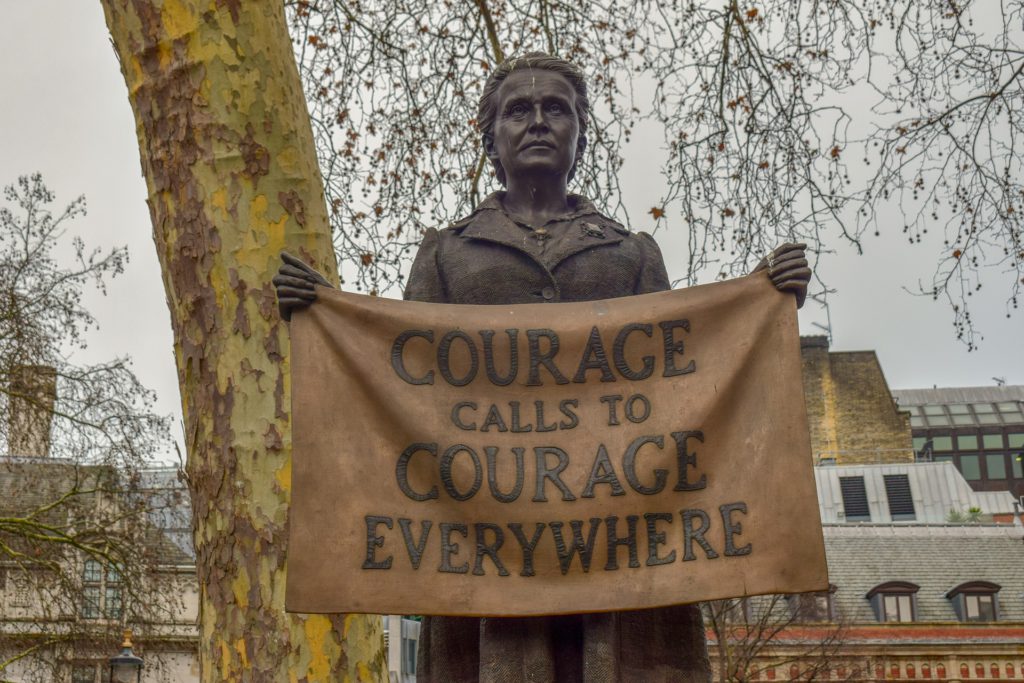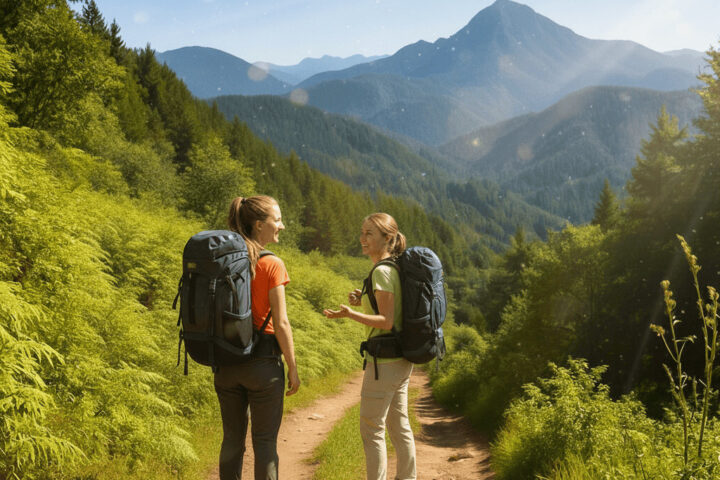From the food, we eat to the products we buy and use, the choices we make each day impact the planet.
The scale of that impact, however, isn’t always apparent. Just how much difference do you make in helping save the planet?
If you’re concerned about saving the planet, you’re not alone.
Many people are looking for ways to reduce their carbon footprint, and solar energy is a great way to do this.
But, if you’re a complete green newbie, you might be a little confused about what solar is all about.
There are many ways to help save the planet, which is why we’ve compiled this list of ways to help protect the earth.
Invest In Solar
Solar panels are a great way to get energy from the sun. They’re an environmentally friendly way to power your home, and they’re also a significant investment.
With an array of different solar panels and mounting systems available on the market today, it can be hard to know which one to choose for your home.
You may even feel overwhelmed by the choices available to you. And while it may seem like a daunting task, it doesn’t have to be complicated.
These systems are all very different, so it’s essential to research all your options before making a choice that may seem like a good fit today but could be a poor choice in the years to come.
You will initially need to search out companies that engage in solar panel installation near you.
This is for them to give you sound advice on what type of panel you need and how you will mount it to your home.
Use A Water Butt
The water butt is a cheap and straightforward way of collecting rainwater.
Water butts are used outside to collect rainwater from the guttering on houses, particularly in areas with little rainfall. Plants and other household purposes are watered with the collected water.
It is essentially a large plastic container placed outside to catch water from your roof before it runs off and gets wasted.
It’s a pretty simple system: your roof catches rainwater, flowing down an overflow pipe into the butt.
The butt collects water and stores it until it’s needed for watering plants or for use in the toilet.
This helps you do your part from the environment because it saves on using potable water for things such as watering your garden.
It is a great shame to use chemically treated mains water on your plants, mainly if you live in an area with low rainfall and prone to drought.
The rainwater contained inside the butt is far better for your plants as it contains nutrients and particulates that nourish your garden and encourage it to grow.
If you are worried about the plastic side of things, you shouldn’t. The plastic is a very robust ABS type, and if you look after it, it will be a one-time purchase that should last years.
Recycling
Recycling is key to taking care of our environment and keeping it clean. It is a simple process and easy to do.
Recycling is also a fun activity when you consider all aspects, such as upcycling!
By recycling, you can do your part for the environment and save money at the same time.
Recyclable materials are more efficient than new ones because they require less energy to manufacture.
Moreover, you feel proud that you have contributed to the environmental preservation effort.
As it takes energy to produce new products, such as glass, paper, and plastics, instead of using these products repeatedly, we are wasting energy and water.
Recycling is the essence of conservation and reusing items that would otherwise end up in the garbage.
Plus, you get to help the environment. If it weren’t for recycling, our landfills would be utterly overwhelmed, so every bit counts.
Upcycling
If you are serious about reducing your waste footprint, you can engage in what is known as upcycling!
Making something useful out of something broken or useless is called upcycling. It’s best to reduce landfill waste by reusing items and reducing waste.
Converting waste materials or useless products into new, higher-value products of a better nature or more responsible use of resources is another definition of recycling.
It is the opposite of downcycling, which means converting high-quality materials or products into lesser ones of lesser quality, or for lesser environmental value.
Upcycling is a great way for artists and craftspeople to make new art or craft projects with old or unwanted items.
It’s also an excellent way for people to make new things from things that otherwise have little or negative value.
Be Conscious About What You Consume
Eating less meat can be an essential way to help the environment.
Cutting out beef and pork can reduce your carbon footprint by a third if you eat meat. Animal agriculture is one of the leading contributors to global warming and other forms of global pollution.
The most considerable reduction you can make is switching to a plant-based diet. Reduce the amount of meat you eat by 75% to have an enormous impact on the environment.
In addition to being good for the environment, cutting out meat is also great for your health.
Meat is high in saturated fat and cholesterol, which are linked to various diseases, including heart disease, cancer, and Type 2 diabetes.
This doesn’t mean that you have to completely cut out meat from your diet; instead, you should think about whether you can cut it from some meals.
For example, The average American eats about 200 pounds of meat a year, much of it in beef.
Beef production has a substantial environmental impact. It requires large amounts of land for grazing and feeding crops.
Producing one pound of beef takes thousands of gallons of water.
Therefore, choosing to remove beef from at least one of your regular meals will go a long way in helping to fix this problem.
Perhaps you will eventually cut meat out altogether!
Take Public Transport or Cycle to Work
Making public transport better for the environment is a no-brainer since public transportation has a lower carbon footprint per passenger mile than private vehicles.
The question is whether public transport’s environmental benefits can be increased even further, for example, by encouraging people to use bikes or to walk more to railway stations and bus stops.
Regarding cycling, it is an even better way to travel to work than taking public transport.
You will become healthier, and there are no carbon emissions at all.
Taking public transport or cycling everywhere can be hard sometimes, so the principle is similar to not eating as much meat.
In other words, you should attempt it wherever possible.
Summary
There is overwhelming evidence that the natural world is being destroyed at a rate unprecedented in human history.
Therefore, it makes sense that there are people who want to preserve our planet.
We all know about global warming and climate change, but that doesn’t mean we have to accept them.
While the media often gives doom and gloom predictions, you can take some simple steps to help save the planet.
Having a more sustainable lifestyle is good for the environment and good for you: you will have more free time, have more money in your bank account, and be healthier.


